INTRODUCTION TO THE TURTLE POPULATION IN SRILANKA
Turtles play a significant role in Sri Lanka's coastal ecosystems, and the country is known for its diverse turtle population. Sri Lanka is home to several species of turtles, including the Green turtle (Chelonia mydas), Loggerhead turtle (Caretta caretta), Hawksbill turle (Eretmochelys imbricata), Olive Ridley turtle (Lepidochelys olivacea), and Leatherback turtle (Dermochelys coriacea).
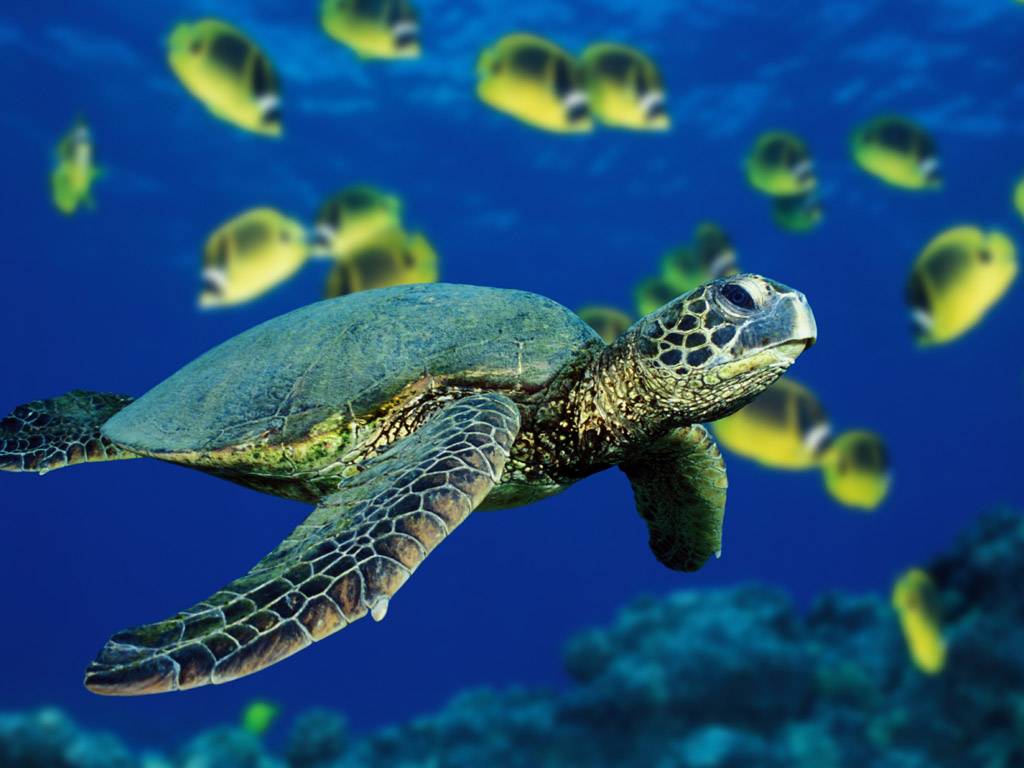
Green Turtle
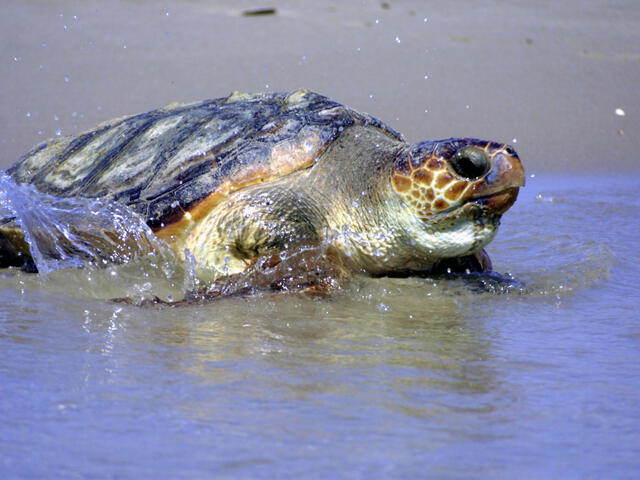
Loggerhead Turtle
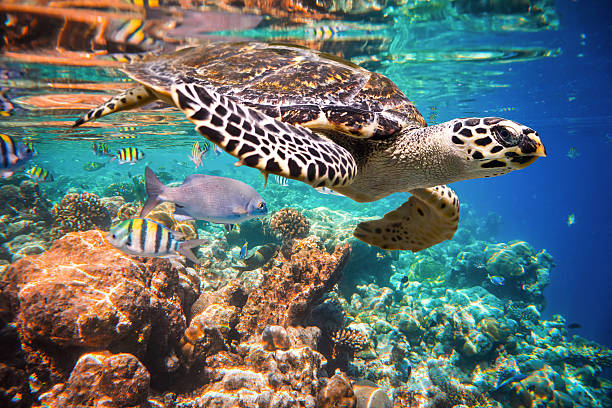
Hawksbill Turtle
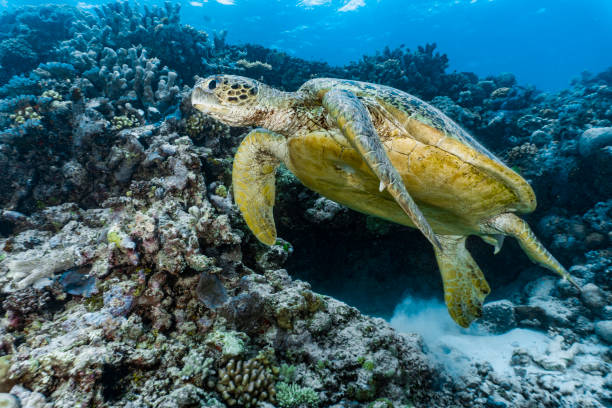
Olive Ridley Turtle
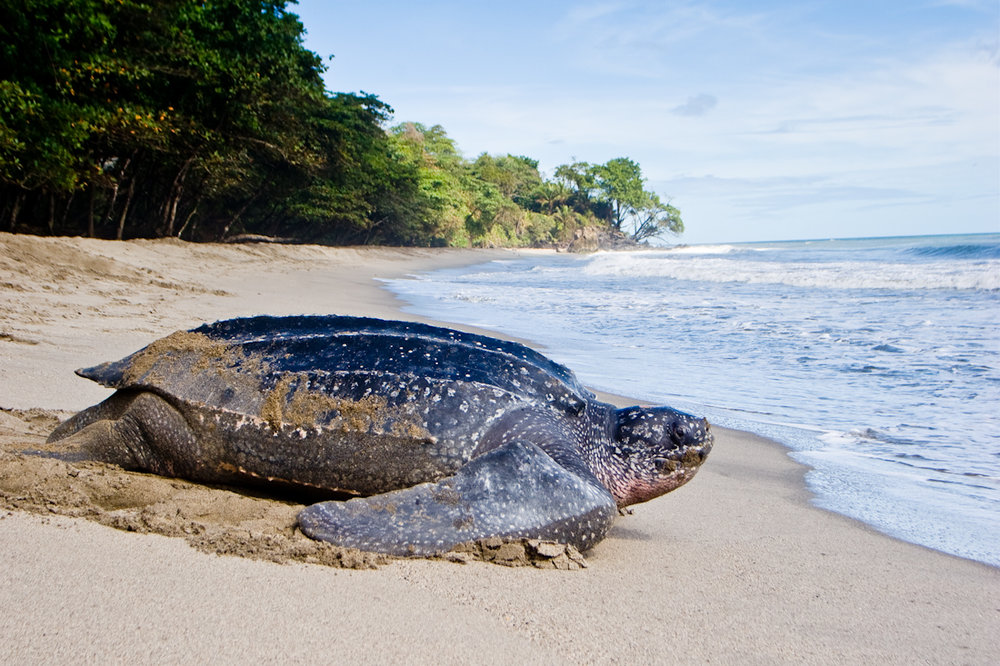
Leatherback Turtle
These marine reptiles are an integral part of Sri Lanka's natural heritage and have cultural and ecological importance. The island's beaches serve as nesting grounds for many turtle species. Female turtles return to the same beaches where they were born to lay their eggs, a phenomenon known as natal homing.
One of the most well-known turtle nesting sites in Sri Lanka is the Rekawa Beach, located in the southeastern part of the island. Rekawa Beach is a nesting ground for various turtle species, and tourists have the opportunity to witness the nesting and hatching processes under controlled conditions, guided by trained conservationists.
WHY TURTLES ARE IMPORTANT?
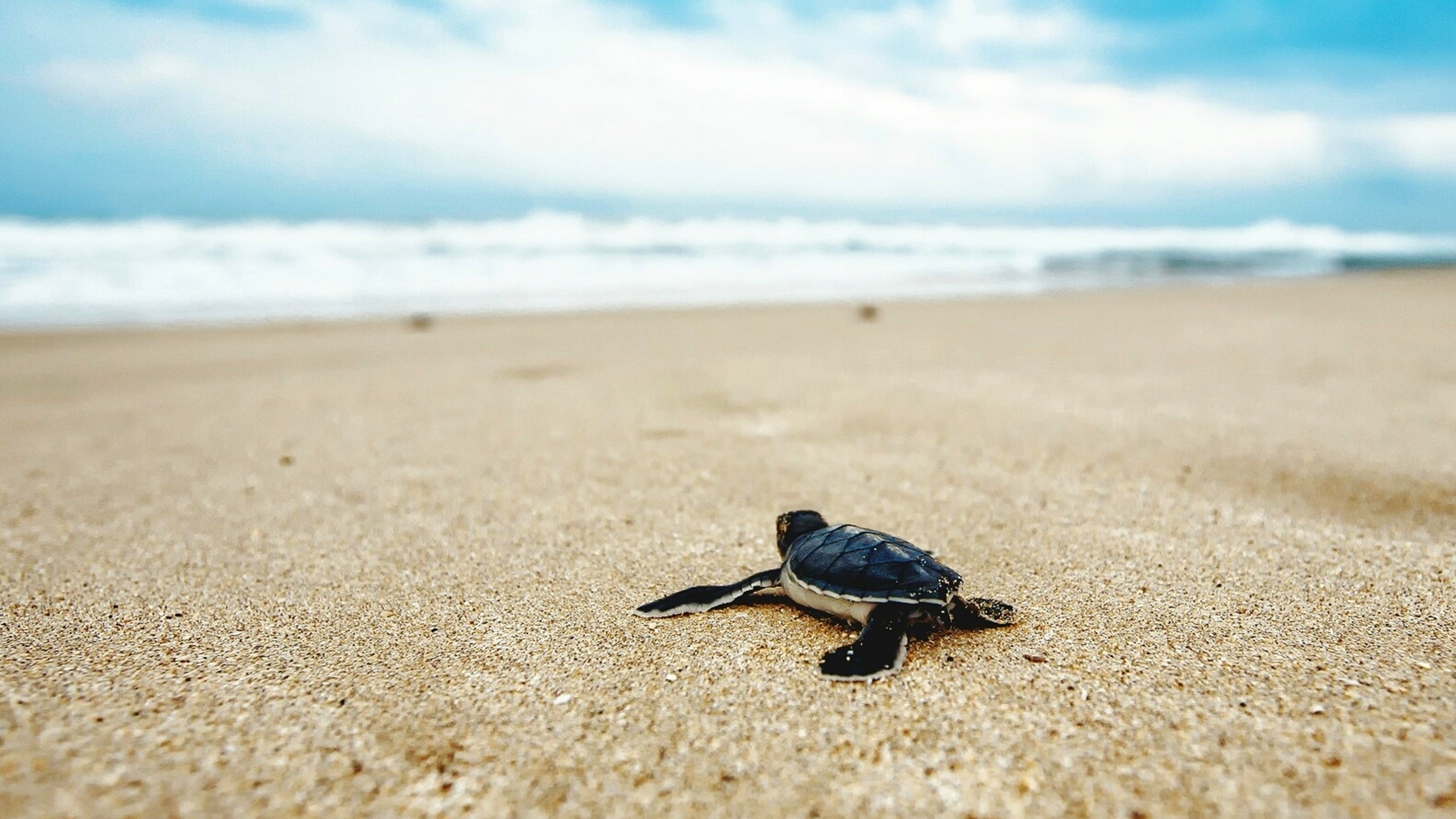
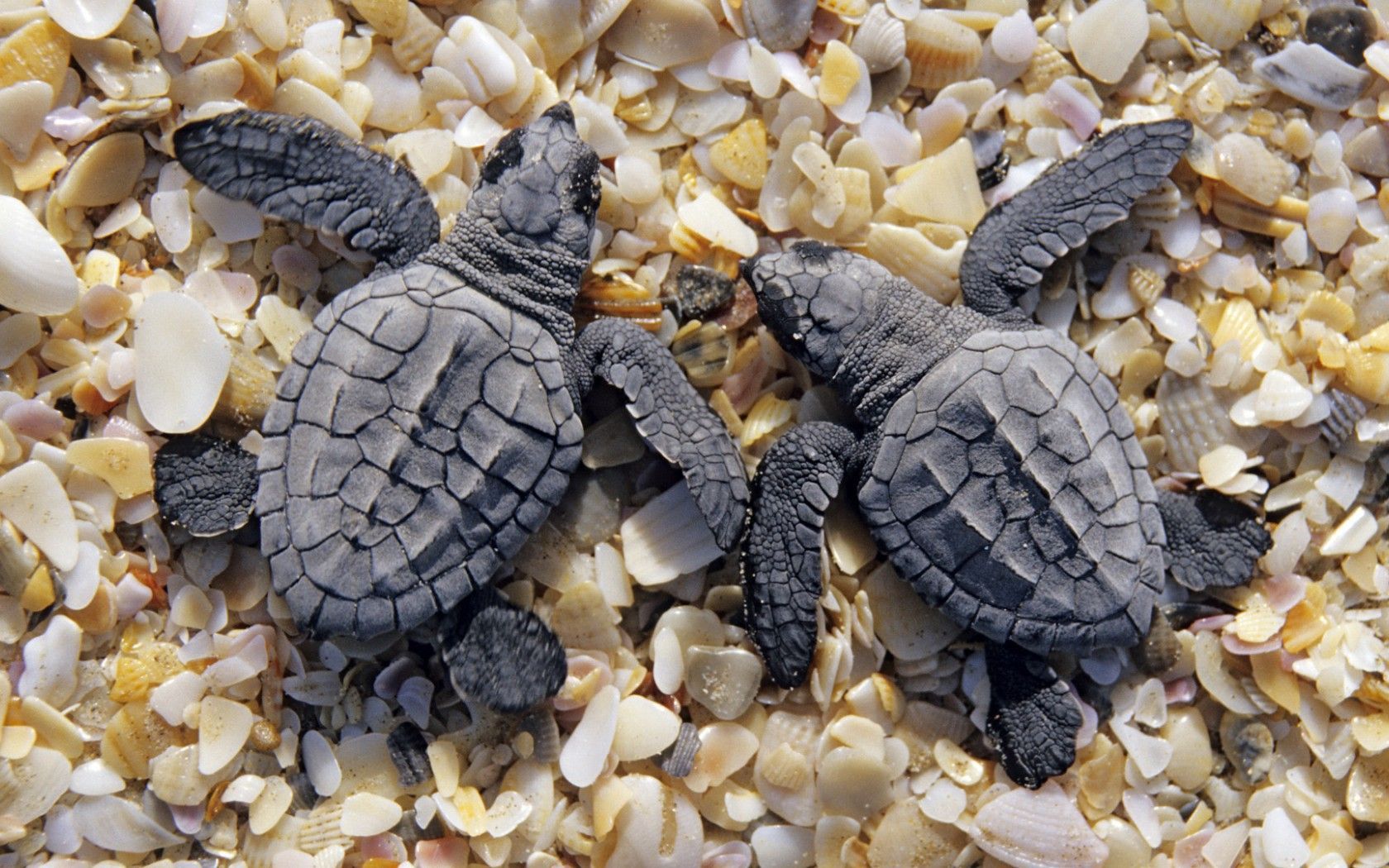

Sea turtles are important for several reasons. Firstly, they contribute to the overall health and balance of marine ecosystems. As key herbivores, they help control the growth of seagrass beds, which are vital habitats for many marine species. Additionally, sea turtles play a significant role in nutrient cycling and help maintain the productivity of the ocean food chain. Secondly, they contribute to the stability of beaches and dunes through their nesting activities, ensuring the preservation of coastal ecosystems. Furthermore, sea turtles have cultural and spiritual significance in many societies, and their conservation promotes respect for nature and the preservation of cultural traditions. Overall, sea turtles serve as indicators of the health of marine environments, and their protection is crucial for maintaining biodiversity and the sustainability of our oceans.
HOW CAN YOU HELP?
You can help save turtles by taking simple yet impactful actions. Start by reducing your use of single-use plastics, as they often end up in the ocean and harm turtles. Support and volunteer with conservation organizations working to protect turtle populations and their habitats. Follow local guidelines to responsibly observe nesting sites, avoiding disturbance to nesting turtles and their nests. Practice responsible fishing by using turtle-friendly gear and properly disposing of fishing lines. Choose responsible tourism operators that prioritize turtle welfare. Spread awareness about turtle conservation through social media, community outreach, or organizing events. Every individual effort counts in making a positive difference for the survival of turtles.
TURTLE CONSERVATION CENTRES THAT YOU CAN VOLUNTEER AT
- Turtle Conservation, Ambalangoda , Sri Lanka
- Sea Turtle Conservation Centre , Kosgoda , Sri Lanka
- Support the Sea Turtle Ecosystem , Galle , Sri Lanka
FUN FACTS ABOUT SEA TURTLES
- Sea turtles are among the oldest living things on Earth, having existed for more than 100 million years. They have evolved to varied aquatic settings and have survived the extinction of the dinosaurs.
- It is well known that sea turtles make extraordinary migrations. The distance between their eating and nesting areas might be thousands of kilometres.
- The shells of sea turtles come in various varieties. The Leatherback turtle has a flexible shell consisting of leathery skin, in contrast to the Green and Hawksbill turtles, whose shells are made of bony plates. Species can also differ in the color and design of their shells.
- Sea turtles have an impressively long lifespan. Some species, such as the Loggerhead turtle, can live for several decades, while others, like the Green turtle, may live for over a century.
